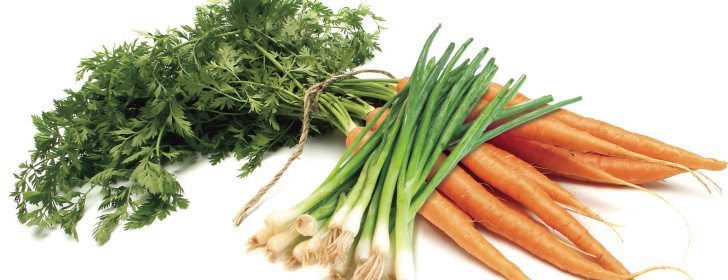It’s well known, at least among astrologists, that people with the zodiac sign of Leo are a perfect match for a Sagittarius.
Scientists and skeptics may doubt that an open-minded Leo and an adventurous Sagittarius are really a match made in the heavens, but most people accept the notion that successful couples usually have compatible character traits.
But what about plants? Are there species of plants that are meant to be with other plants? Or is that a horticultural myth?
It’s no myth and not astrology. Gardeners have known for many years that certain plants are meant to be together, said Janet Wallace, who lives in New Horton, N.B., next to the Bay of Fundy, and has been gardening for 15 years.
Read Also

Why feds imposed EV tariffs
Moe and Kinew have a fight on their hands when it comes to eliminating the EV tariff. Canada has to worry about pissing off the U.S. and Mexico and hundreds of thousands of auto workers.
“I’ve been using companion planting ever since I started gardening. I keep refining and adapting it,” said Wallace, who is also editor of Canadian Organic Grower, a quarterly magazine published in Ottawa.
In basic terms, companion planting is the practice of growing two or more plants in close proximity so the characteristics of one plant can aid the growth and development of the other plant.
In her garden, where she grows vegetables, dry beans, flax seed, culinary and medicinal herbs and edible flowers, Wallace uses companion planting for a number of reasons, including pest control, soil improvement, pollination and to create micro-climates.
For instance, Wallace plants carrots and onions side by side for pest control.
“I plant onions in with my carrots to reduce carrot rust fly infestation,” she said.
“Apparently, the rust fly is confused by the smell of the onions. When I thin or pick carrots, I always break the top of an onion so the smell overwhelms the smell of the carrot foliage…. I also use marigolds and garlic as companions.”
Tina Baynes Fraser, who teaches organic farming at Camosun College in Victoria, said companion plants provide three basic functions when it comes to insects — they deter, attract or confuse bugs.
As examples, Fraser wrote in EcoFarm & Garden that slugs and wireworms are deterred by the pungent smell of marigolds. Lavender and zinnias attract butterflies that pollinate.
As well, feverfew, a member of the sunflower family, has a strong scent that masks the smell of other plants from pests.
Another way to manage pests and beneficial insects, Wallace noted in an article for Canadian Organic Grower, is to create an insectary around the border of the garden.
The insectary, a strip of plants surrounding a garden, could contain legumes like alfalfa, vetch and clover. Those legumes provide a habitat for beneficial insects such as ground beetles, which consume garden pests like flea beetles and small caterpillars.
Aside from pest control, there are companion plants that enhance the size and flavour of other species, said Fraser, an organic producer who runs Corner Farms on Vancouver Island, north of Victoria.
Carrots work well with lettuce, for instance, because tap roots and shallow rooted crops don’t compete for the same nutrients.
Another example is the relationship between basil and tomatoes, according to experts at Schriemer’s Greenhouse in Winnipeg. Bees are attracted to pollen in the basil flowers. In turn, the bees fly up to the tomato flowers and pollinate them as well, increasing tomato yield.
Some gardeners claim the tomatoes taste better with this combination, possibly because the basil pollen adds flavour to the tomatoes.
Most growers are familiar with the nitrogen fixing property of legumes, but there are plants that accumulate other needed nutrients for their neighbours and future crops, Fraser noted.
Comfrey, a small shrub with roots that can be used to treat skin wounds, can build up the nitrogen, potassium, calcium and manganese in the soil.
Most websites that cover companion planting refer to a book by Louise Riotte, a gardener from Oklahoma. Riotte, who died in the 1990s, authored Carrots Love Tomatoes: Secrets of Companion Planting for Successful Gardening.
















